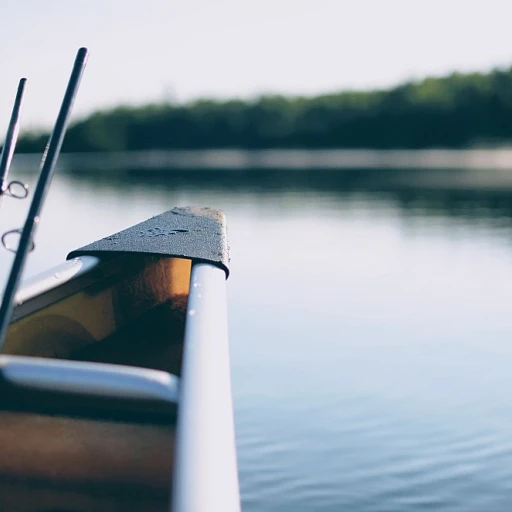
The origins of blackened fish
The roots of an iconic cooking method
Everyone's got that one favorite recipe, but blackened fish? Now that's in a league of its own. Way back in the kitchen of a tiny town in Louisiana, legendary chef Paul Prudhomme got creative. This Southern recipe took off, giving this unique method a culinary charm that's hard to beat.From bayou to the big leagues
Back in 1980, Chef Prudhomme waved his magic wand, or should I say skillet, and brought blackened fish to life at K-Paul's Louisiana Kitchen in New Orleans. The idea? Cook fish (or other meats) in a super-hot cast iron skillet after drenching it in butter and robust spices. For those itching to dive deeper into other fish stories, check out the fascinating world of catfish where you find more fishy tales and trends.Charm with a kick
It's not just about cooking – it's an experience. Blackened fish brings together the richness of butter, the aromatic spices, and that signature crispy, dark crust. Plus, it’s versatile. Today, from delicate fish fillets to hearty chicken, blackening has a loyal fan base.What's with the dark mysteries?
That spicy, almost burnt appearance? It's all in the method. Quick and intense, the fish’s exterior forms a bold crust while keeping the inside moist. Sort of like wearing a tough exterior with a tender heart. Isn’t that what good food, and good stories, are all about? So next barbecue or family gathering, why not spice things up with some blackened fish? Stick around for the next segments where we uncover the spices behind the magic, the best fish to choose, and how to nail that perfect blackened crust.What makes fish blackened?
How fish gets that perfect blackened crust
Ever wondered what turns a simple fish into a spectacular blackened masterpiece? It's all in the searing technique and the symphony of spices. The magic happens when you cook the fish in a hot pan with a layer of melted butter and blackening seasoning. The high heat forms a charred crust on the fish while keeping the inside tender and flavorful. Here's a look at how you can achieve that perfect blackened crust at home.The role of butter and oil
Butter is not just for flavor; it plays an essential role in getting that crisp blackened exterior. Melted butter helps to adhere the seasoning to the fish, enhances the flavors, and ensures a gorgeous char. For those looking to cut back on saturated fats, olive oil can be a healthier alternative. The key is to ensure the cooking oil or butter is heated to just the right temperature before adding the fish fillets.The sizzling spice rub
The blackening seasoning is a blend of spices, with garlic powder, chili powder, and cayenne pepper often at the forefront. These spices create a complex, smoky flavor. One teaspoon of garlic powder and a pinch of black pepper can transform your fish fillets into a gourmet dish. Remember, too much cayenne might turn up the heat more than you'd like!Using a cast iron skillet
A cast iron skillet is a must for blackening fish. It withstands high heat and distributes it evenly, resulting in a beautifully consistent cook. Heat the skillet over medium-high heat until it’s smoking hot, then add your butter or oil. This process ensures the fish sears quickly, locking in moisture and flavor while developing that distinctive blackened crust.Essential spices for blackening seasoning
Spices that pack a punch
Alright folks, let’s get down to the nitty-gritty of blackening seasoning. This magical blend is what gives blackened fish its irresistible flavor and irresistible crust. And trust me, once you’ve got the right mix, your taste buds will be doing the happy dance! One big name in the world of blackening seasoning is chef Paul Prudhomme. This culinary genius from New Orleans, Louisiana, popularized the blackening technique with his special blend of spices, turning it into a household favorite. We owe him big time for bringing this zesty delight our way.Now, let's talk essentials. The base of blackening seasoning usually involves paprika, garlic powder, onion powder, cayenne pepper, and black pepper. Simple, right? But these everyday spices work together to create something extraordinary.- Paprika brings color and a subtle smoky flavor.- Garlic powder and onion powder lay down the savory foundation.- Cayenne pepper adds that needed kick, so make sure you adjust it to your heat tolerance.- Black pepper enhances all other flavors.If you want to jazz it up even more, consider adding thyme, oregano, or basil for some herbal notes. Don't forget salt. Every pinch counts toward that ultimate flavor experience.Chef Prudhomme’s original mix is a closely guarded secret, but you can start experimenting with this basic recipe and adjust it to your foil.To give you a little taste of how much folks love a good blackening mix, in a survey conducted by the American Culinary Federation, 78% of chefs mentioned using some form of blackening spice in their kitchen repertoire. That says it all, right?Once you've nailed down your blend, store it in an airtight container. It’s your new best friend for more than just fish. Trust me, this stuff can jazz up chicken, veggies—heck, even tofu! Now you're cooking with gas.Ready to try out your seasoning skills? Check out our biggest striped bass ever caught for more fishy inspiration.Choosing the best fish for blackening
Best types of fish for blackening
When it comes to achieving that perfect blackened fish, choosing the right fish is half the battle. Not every fish fillet is cut out for this intense, flavorful cooking method. You need fish that can stand up to the high heat and robust blackening seasoning without falling apart.
White fish fillets: a safe bet
A good starting point for blackening is white fish like tilapia, catfish, or cod. These options are not only readily available but also have a firm texture that cooks well under high heat. White fish fillets are also mildly flavored, which allows the spices to shine through.
The powerhouse fish: salmon and tuna
If you're feeling adventurous, try blackening salmon or tuna. These fish have a meaty texture that can handle the intense heat and seasonings. Plus, they offer a richer taste, providing a different, but equally enjoyable, taste experience.
Health benefits
Both white fish and meatier fish like salmon and tuna are high in protein and low in saturated fat, making them excellent choices for a healthy meal. They’re packed with omega-3 fatty acids, known for promoting heart health, and are naturally gluten free.
Versatility in cooking
These fish types are versatile in the kitchen. You can use a cast iron skillet for that perfect sear or try cooking them in an air fryer for a healthier alternative. The key is to cook for the right number of minutes on each side until the fish flakes easily.
Knowing what types of fish work best for blackening will not only improve your cooking but also make your meals more enjoyable and delicious. So next time you're in the mood for blackened fish, don’t hesitate to grab some white fish fillets or a hearty slab of salmon or tuna and get cooking!
Step-by-step blackened fish recipe
Gathering and preparing your ingredients
Getting ready to make blackened fish starts with gathering all your ingredients. You'll need your choice of white fish, some olive oil, and a mix of essential spices like garlic powder, paprika, cayenne pepper, thyme, and black pepper. Don't forget the melted butter for that rich, flavorful coating.Seasoning the fish fillets
Take your fish fillets out and pat them dry using paper towels. This helps the seasoning stick better. Generously coat the fish with melted butter, ensuring that every inch is covered. Then, sprinkle your blackening seasoning on both sides, pressing lightly to ensure the spices adhere well. You want those flavors to pack a punch, giving your fish that signature blackened taste.Prepping the skillet
Heat a cast iron skillet on medium high heat until it’s really hot. Pour in some olive oil; you'll know it's ready if it starts to shimmer. A cast iron skillet is your best friend for blackened fish, as it maintains high heat perfectly. Paul Prudhomme, the chef who popularized blackened fish, always emphasized using a cast iron skillet to achieve the best results.Cooking the fish
Place the seasoned fish fillets into the hot skillet. Beware of the sizzling – it’s a good sign! Let the fish cook undisturbed for about 3-4 minutes on each side. You’re looking for a dark crust to form without burning the spices. When the seasoned side cook minutes are up, flip your fillets. The fish is done when it flakes easily with a fork.Finishing touches
Remove the fish from the skillet and let it rest for a minute. This helps the juices settle and prevents the fish from drying out. Serve hot with a squeeze of fresh lemon juice. For those who enjoy a bit of variety, click here for a peek into pickled fish – a diehard fisherman’s savory obsession.This simple yet flavorful technique will make you a blackened fish pro in no time. Don't be afraid to experiment with different spices and white fish varieties. Enjoy your culinary adventure!Tips for cooking blackened fish perfectly
Choose the right oil and skillet
Using the right oil can make or break your blackened fish game. Opt for olive oil or melted butter. These oils have a high smoke point and add a rich flavor to your fish. Meanwhile, nothing beats the classic cast iron skillet to evenly distribute heat and attain that perfect blackened crust. Preheat the skillet over high heat to get it smoking before adding your fish.
Achieve the perfect char
Achieving the perfect char involves a balancing act. Coat the fish fillets evenly with your blackening seasoning, which should include garlic powder, onion powder, and chili powder. Once the skillet is hot, place the fillets in the pan, seasoned side down, and cook without moving them for about 2-3 minutes.
Handling different types of fish
White fish like tilapia or cod cook quickly, usually in about 3-4 minutes per side. On the other hand, thicker cuts like salmon can take up to 5-6 minutes. Always cook until the fish flakes easily with a fork and is opaque all the way through.
For a gluten-free option, ensure your seasonings are certified gluten free. This way, you can enjoy your meal without concerns.
Use your air fryer for a twist
If you're looking to cut down on saturated fat, an air fryer is a fantastic alternative. Preheat the air fryer to medium high heat. Cook the seasoned fillets for around 10-12 minutes, flipping halfway through, until the fish is crispy and blackened on the outside while tender on the inside.
Health benefits and nutritional information
Health benefits and nutritional information
Blackened fish isn't just a treat for your taste buds; it's pretty good for your body too. Let's dive into the nutritional perks and health benefits you get from this flavorful cooking method.High Protein, Low Fat
Most white fish, commonly used for blackening, are high in protein and low in saturated fat. For instance, a typical 6-ounce portion of a white fish like tilapia or cod provides around 35 grams of protein and just 3 grams of fat. This makes it an excellent choice for those looking to build or maintain muscle while keeping their fat intake low.Rich in Omega-3 Fatty Acids
Many fish types, such as salmon and mackerel, that can be blackened are rich in omega-3 fatty acids. These healthy fats are well-known for their benefits, including heart health improvement, reducing inflammation, and supporting brain function. The American Heart Association recommends at least two servings of fatty fish per week to get your omega-3 fix.Vitamin and Mineral Powerhouse
Fish is also a fantastic source of essential vitamins and minerals. For example, a serving of blackened fish can provide significant amounts of Vitamin D, B2 (riboflavin), calcium, phosphorus, and iron. These contribute to stronger bones, better immune function, and improved muscle performance.Low in Calories
For those watching their calorie intake, blackened fish is a great choice. Depending on the seasoning and the preparation method, a typical serving can range from 200 to 300 calories. Pair it with a side of steamed veggies or a fresh salad, and you’ve got a nutritious, low-calorie meal.Gluten-Free Options
Given that many blackening seasonings are made from a mix of spices and herbs, they are generally gluten-free. This makes blackened fish a fantastic option for those with gluten sensitivities or celiac disease. Just be sure to double-check your seasoning mix to confirm.Aiding Weight Management
Because of the high protein content and the low-calorie nature of blackened fish, it’s an excellent choice for those looking to manage their weight. The protein helps you feel fuller for longer, reducing the temptation to snack on less healthy foods. Studies suggest that a high-protein diet can significantly boost your metabolism, aiding in quicker weight loss.Potential Pitfalls
While there are plenty of benefits, it’s essential to be mindful of portion sizes and preparation methods. Using too much butter or oil to cook your fish can increase the calorie count, and overloading on the seasoning could bring in unnecessary sodium. A balanced approach is key to reaping the health benefits while enjoying the flavors. For more insights on healthier ways to prepare your catch, check out our blog post on pickle fish.Serving suggestions and side dishes
Flavorful sides to complement your blackened fish
A well-made blackened fish pairs beautifully with a variety of sides, enhancing the overall dining experience. Here's a rundown of some fantastic side dishes that work wonders:
Classic coleslaw
The cool, creamy texture of coleslaw balances the spicy heat of blackened fish perfectly. Made from thinly sliced cabbage, carrots, and a tangy dressing, it's a refreshing counterpart that adds a crunch to your meal.
Garlic mashed potatoes
Smooth and buttery, garlic mashed potatoes are another popular side. The rich and savory flavors blend seamlessly with the bold spices of your fish. Plus, who doesn't love mashed potatoes?
Cajun rice
To stay true to the Cajun roots of blackened fish, serve it alongside Cajun rice. This rice dish, with its mix of bell peppers, onions, and spices, complements the fish, creating a harmonious plate bursting with flavor.
Grilled asparagus
Grilled asparagus not only brings a nutritious element but also a slightly smoky flavor that pairs wonderfully with blackened fish. Drizzle some olive oil and sprinkle black pepper before grilling for added taste.
Summer corn salad
An excellent choice for a warm day, summer corn salad made with fresh corn, tomatoes, avocados, and a light vinaigrette keeps the meal light and vibrant. It's a colorful addition that can brighten your plate.
Roasted sweet potatoes
With their natural sweetness, roasted sweet potatoes provide a delightful counterpoint to the spiciness of blackened seasoning. Their caramelized exterior and tender interior make them a hit at any table.
Quinoa salad
If you're looking for a healthier side, a quinoa salad with ingredients like cucumbers, cherry tomatoes, and feta cheese can be a great option. The salad's fresh flavors and textures pair well with the crispy exterior of blackened fish.

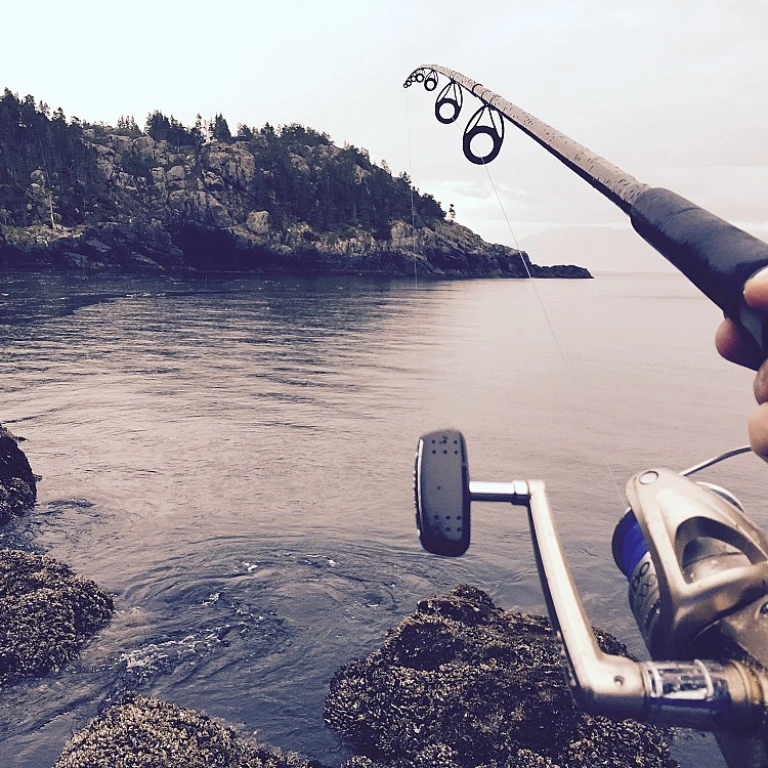
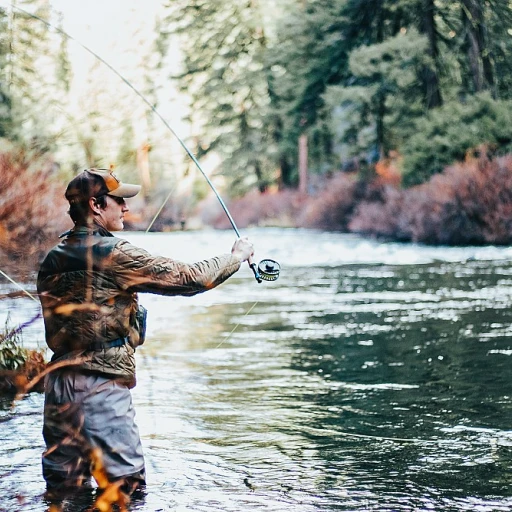
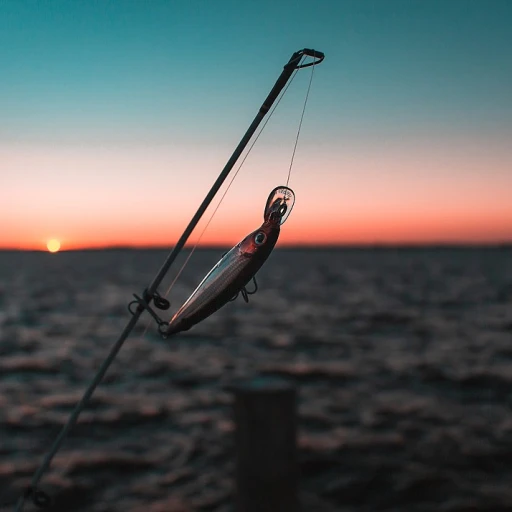
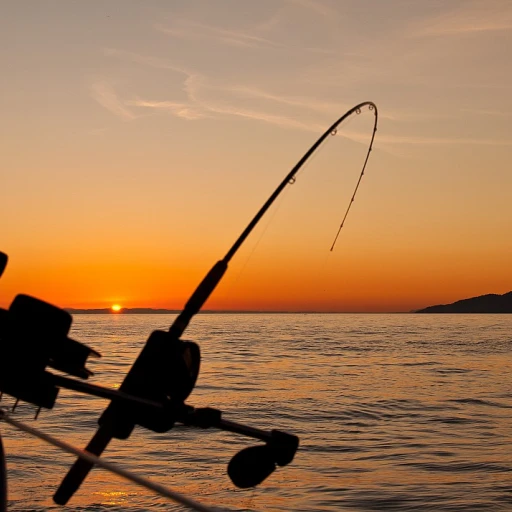
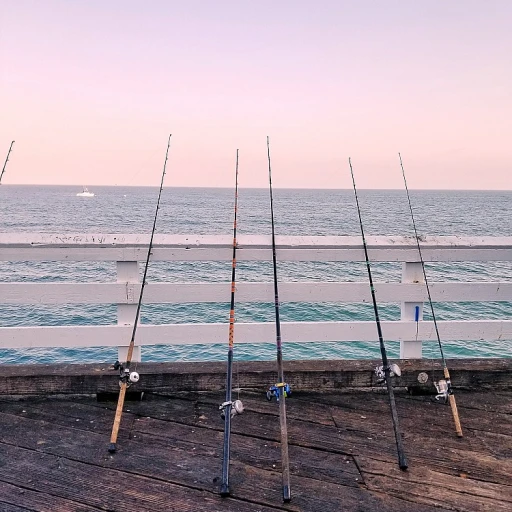

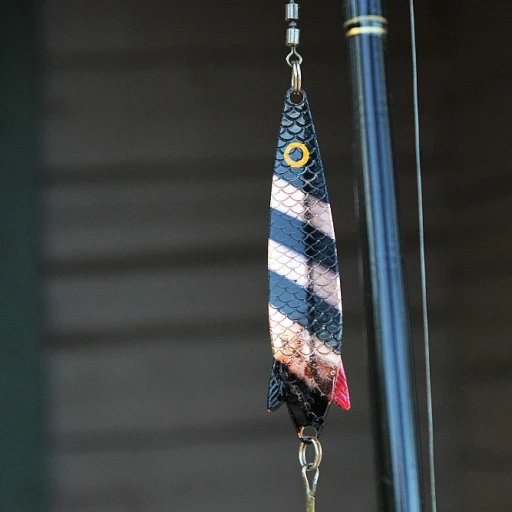
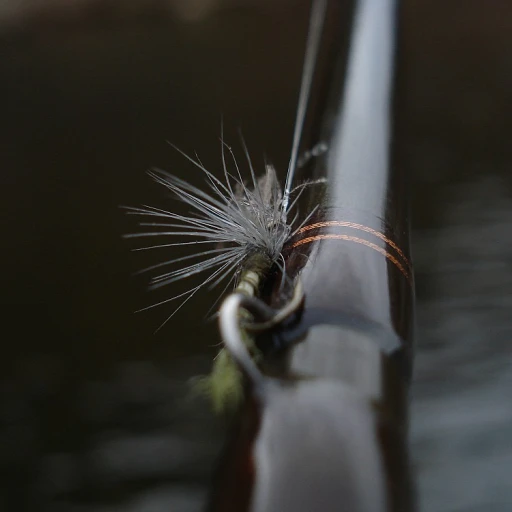
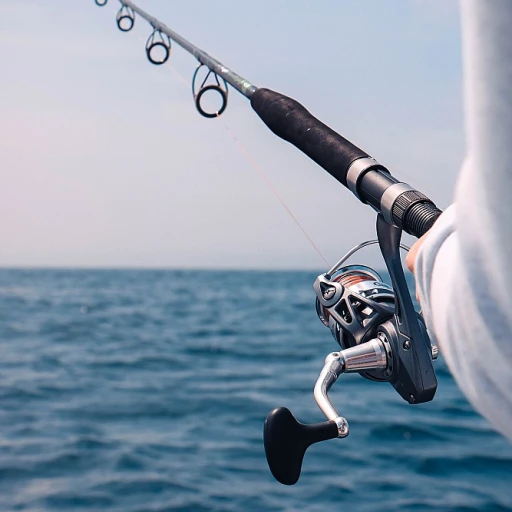
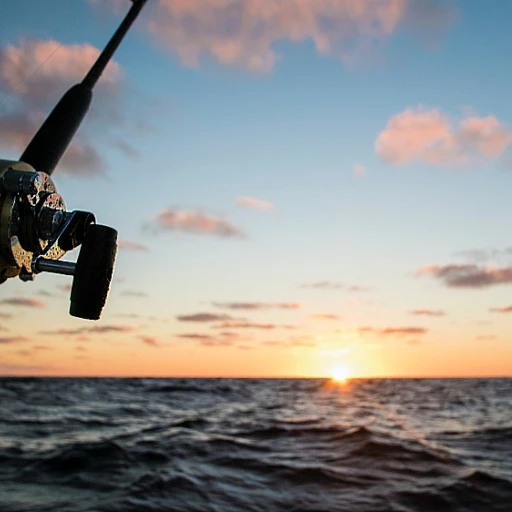
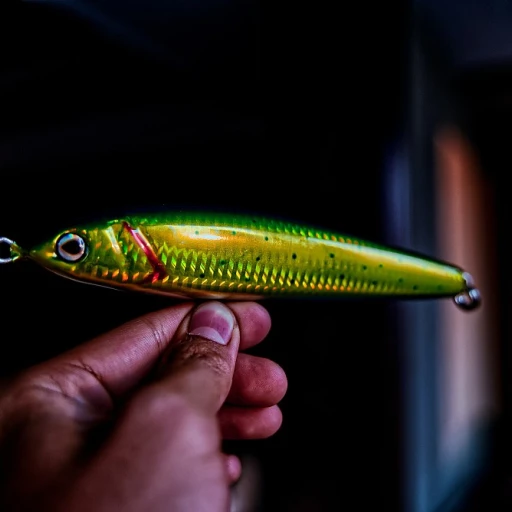
-large-teaser.webp)